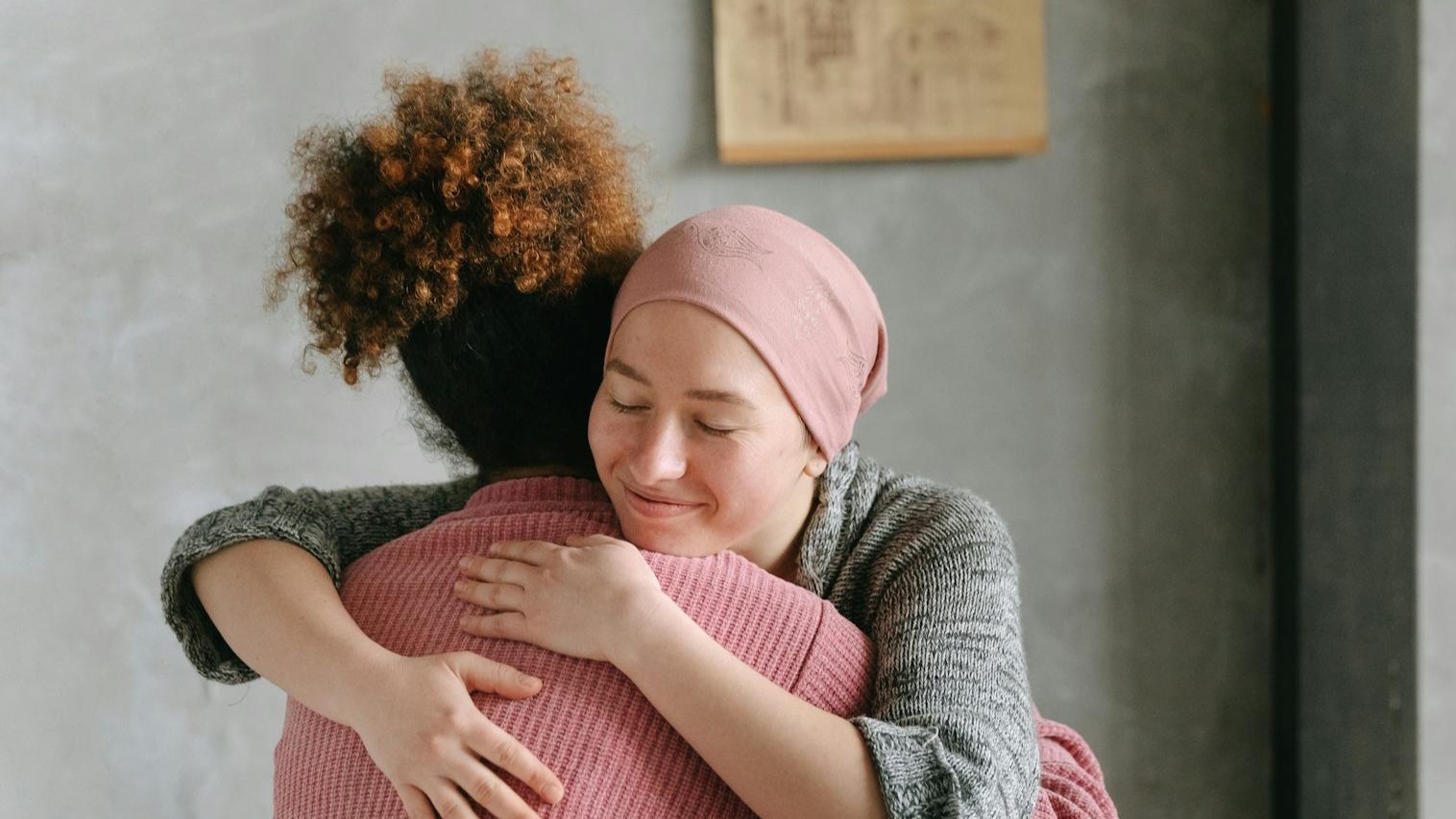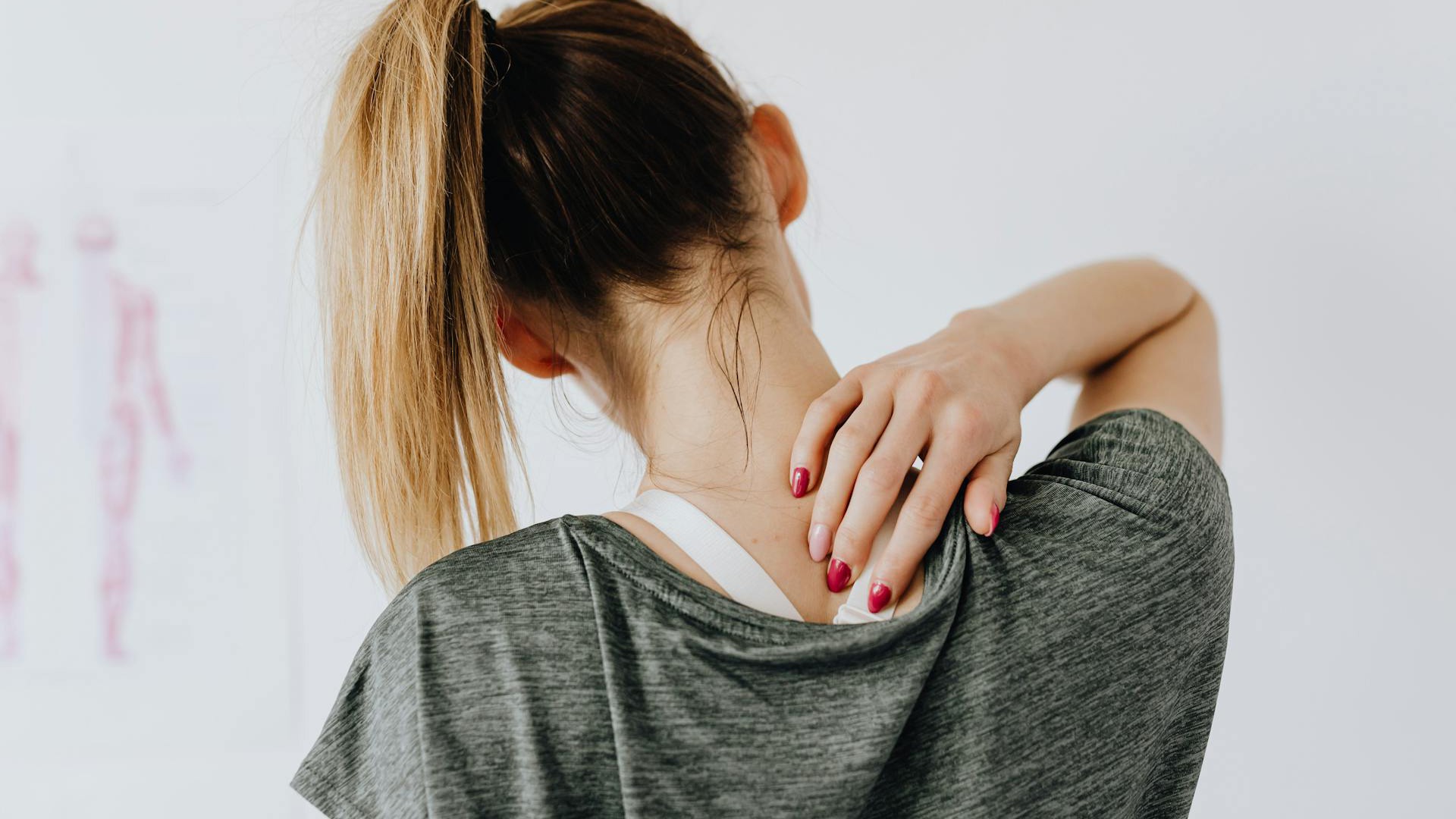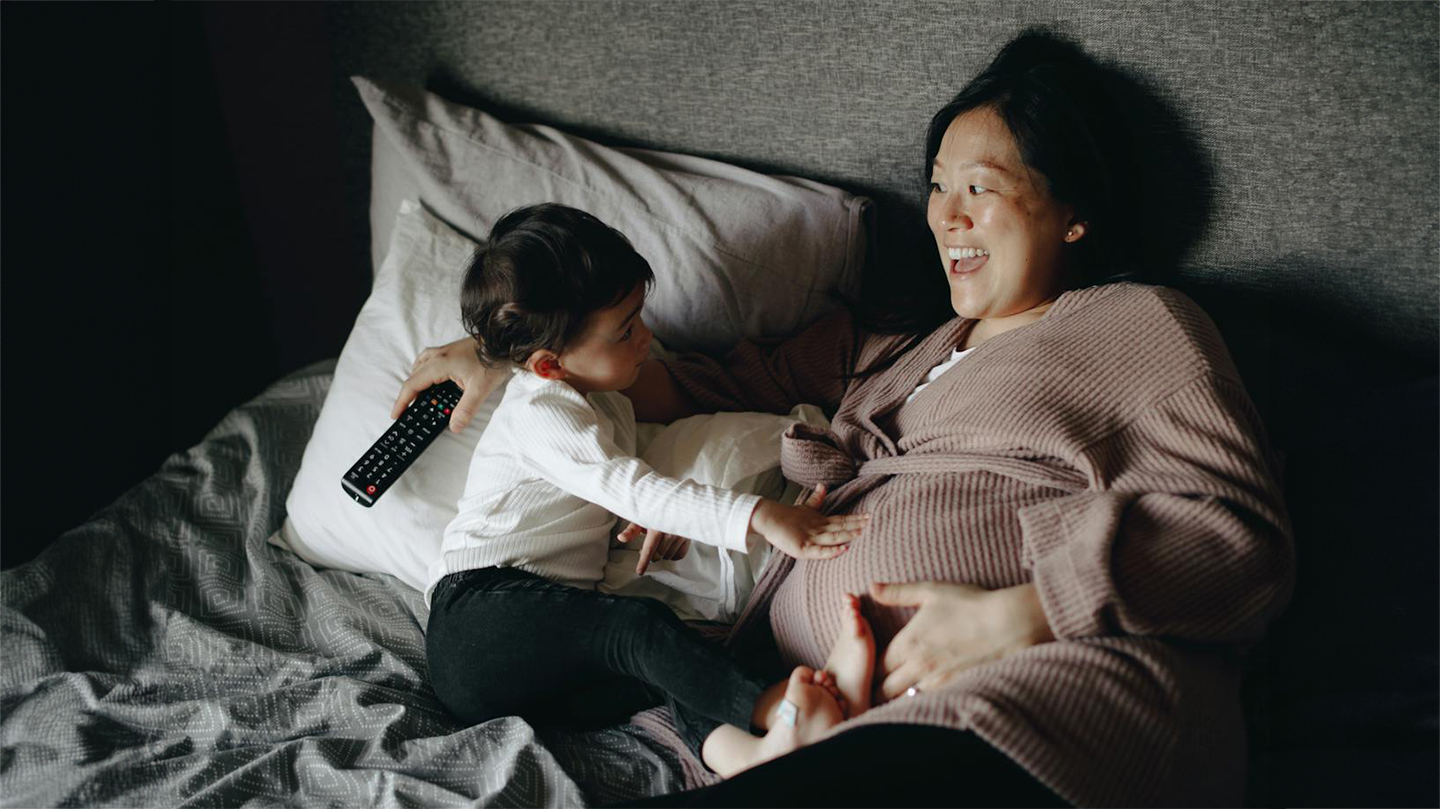A desire to help others is a common reason to become a massage therapist, and giving healing touch to cancer patients is certainly one way to help. During chemotherapy, cancer patients are dealing with physical, emotional, and mental challenges, from loss of taste and appetite to gastrointestinal challenges such as vomiting, constipation, and diarrhea, not to mention the bone-deep fatigue following an infusion. Even a few minutes of comfort can make all the difference in a cancer patient’s day and well-being. Massage therapists can have a hugely positive impact on cancer patients by providing this comfort. To safely deliver caring massage therapy, LMTs must be aware of the unique benefits, training requirements, and massage techniques for oncology patients.
Benefits of Receiving Massage During Chemotherapy & Other Cancer Treatments
Reduced Pain. According to BreastCancer.org, A 2003 study of cancer patients from the University of Minnesota found that massage reduced the need for pain medications. The researchers found that any light healing touch will reduce anxiety and pain, but only massage was found to actually reduce the need for pain medications.
Increased Relaxation and Less Stress. An article on the Associated Bodywork & Massage Professionals’ site reflects on how allopathic medical providers are hyper-focused on killing cancer cells in their segment of the body, and less aware of the holistic healing cancer patients need. Massage can contribute many whole-body benefits, including stress reduction and general relaxation.
Energy Boost. Fatigue is one of the most common side effects of chemotherapy, as the body must work hard to process the intense drugs of a chemo regimen. Massage can help cancer patients feel more energized.
Anxiety Relief. BreastCancer.org also describes a five-week University of Miami study comparing massage and progressive muscle relaxation therapy. While both groups of patients reported reduced anxiety, the patients receiving massage also reported reduced depression.
The biochemical aspect of this research is fascinating. Among the massage recipients, researchers found increased dopamine as well as higher levels of white blood cells. This last finding is especially important among cancer patients, who are in an immune-compromised state due to chemotherapy treatment.
Cancer patients receiving massage also report improved sleep and diminished nausea.
No research has found that massage causes cancer to spread. In other words, studies suggest it is safe for cancer patients to receive massage during chemotherapy treatments.
Massage During Chemo Treatments: Specialized Training Requirements
Before providing care, LMTs should educate themselves thoroughly on oncology massage. In-depth training programs cover a multitude of topics, including the following principles for providing massage to cancer patients.
- Work with Medical Providers. Gayle MacDonald, author of Medicine Hands: Massage Therapy for People with Cancer, recommends consulting with the patient’s doctor prior to massage treatment, particularly for patients who are in active treatment. (She typically doesn’t take this step for those who have been in remission for more than a year.) She may ask for a doctor’s note if consultation is not possible. Finally, MacDonald provides a note to doctors explaining that the massage is simply for rest and relaxation.
- Work around ports and post-surgery inflammation. A port is a piece of medical equipment that simplifies chemotherapy infusions by providing an easy way to deliver intravenous drugs without the need to put in a new IV line before each treatment. It is often surgically installed in the chest, with a line going straight into the heart. Massage therapists must understand how to safely work around ports.
Chemotherapy patients may also be healing from surgery. Knowing how to massage around swollen areas is key for LMTs. - Use light pressure. Deep massage methods are contraindicated for cancer patients who are undergoing chemotherapy. Chemo treatments cause a decrease in red and white blood cells, such that bruising is more likely. Moreover, if cancer has spread to a patient’s bones, heavy pressure is dangerous. For patients in active treatment, light touch is best. As such, Swedish massage may not be ideal. Craniosacral, reiki, and polarity work are good choices.
- Positioning considerations post-surgery. Depending on the type of cancer, patients may need to stay in a prone position after surgery. Following breast cancer surgery, for instance, patients must await a green light from their doctor before lying belly-down. Ask the patient about any areas that should be avoided. For instance, if a lymph node has been removed as part of breast cancer surgery, it may be best to avoid the underarm area.
- Lymphedema considerations. If a patient has lymphedema following surgery, use lymphatic drainage massage. This massage modality can also serve patients who hope to avoid lymphedema by encouraging good lymphatic flow.
Our Portland massage school offers ongoing training on a variety of topics. Massage best practices are constantly changing – the COVID years certainly taught us that! After you become a massage therapist, it’s critical to keep your mind sharp through CE classes. (And, of course, it’s also required for your licensure.)
In October 2024 we’re offering a two-day workshop on Oncology massage with Geri Randles, including keystone concepts and practices for safe, effective massage for those living with cancer. The workshop will culminate in a Sunday massage clinic. To learn more and sign up for this workshop, please visit our page “Oncology Massage: The Foundation.” To peruse our current CE class offerings, visit our school of massage’s continuing education page, or call 503-223-6500 to learn more.
Resources
- https://www.ohsu.edu/knight-cancer-institute/massage-cancer-patients
- https://www.breastcancer.org/treatment/complementary-therapy/types/massage
- https://www.massagetherapy.com/articles/massage-and-cancer-patient
- https://www.massagetoday.com/articles/13542/Massage-for-Cancer-Patients-Indicated-or-Contraindicated
- https://www.amtamassage.org/publications/massage-therapy-journal/massage-for-cancer-patients




